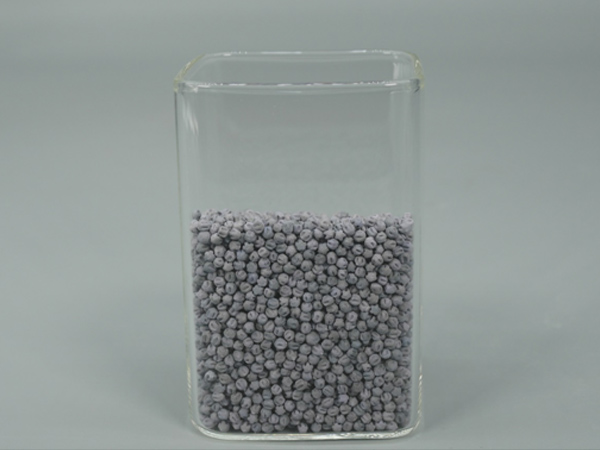

Product Roadmap:
Upon achieving the separation of diesel components into aromatics and non-aromatics, the heavy aromatics can be directed towards one of the following applications:
Hydrogenation for High-Octane Gasoline Production:
a. The heavy aromatics undergo hydrogenation to produce high-octane gasoline, suitable for premium fuel markets.
Hydrogenation followed by Disproportionation for PX Production:
a. After hydrogenation, high-purity light aromatics are produced, which can then be fed directly into a disproportionation unit to manufacture paraxylene (PX).
b. A valuable byproduct of the hydrogenation process is a feedstock well-suited for ethylene cracking.
For the non-aromatic fraction, several utilization paths are available:
Catalytic Cracking under Molecular Sieve Catalyst (MSC):
a. Non-aromatics are subjected to catalytic cracking, facilitated by molecular sieve catalysts, yielding a mixture of light olefins and light aromatics.
Steam Thermal Cracking for Ethylene Production:
a. Given the removal of heavy aromatics, the remaining non-aromatic components serve as an excellent feedstock for ethylene production through steam thermal cracking.
High-Aromatic DCC Diesel-Gasoline Blending and Lightening Route (HDT + HCU + Adsorbent):
a. This involves hydrotreating (HDT), hydrocracking (HCU), and adsorption with an adsorbent, resulting in a blend of light hydrocarbons and aromatic-rich gasoline.